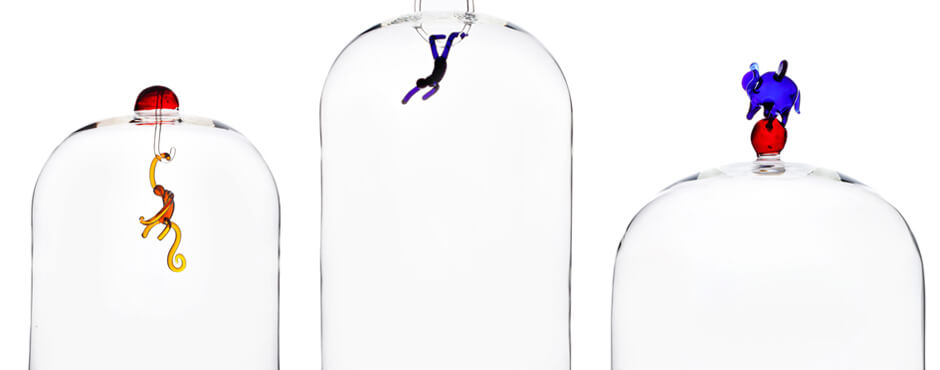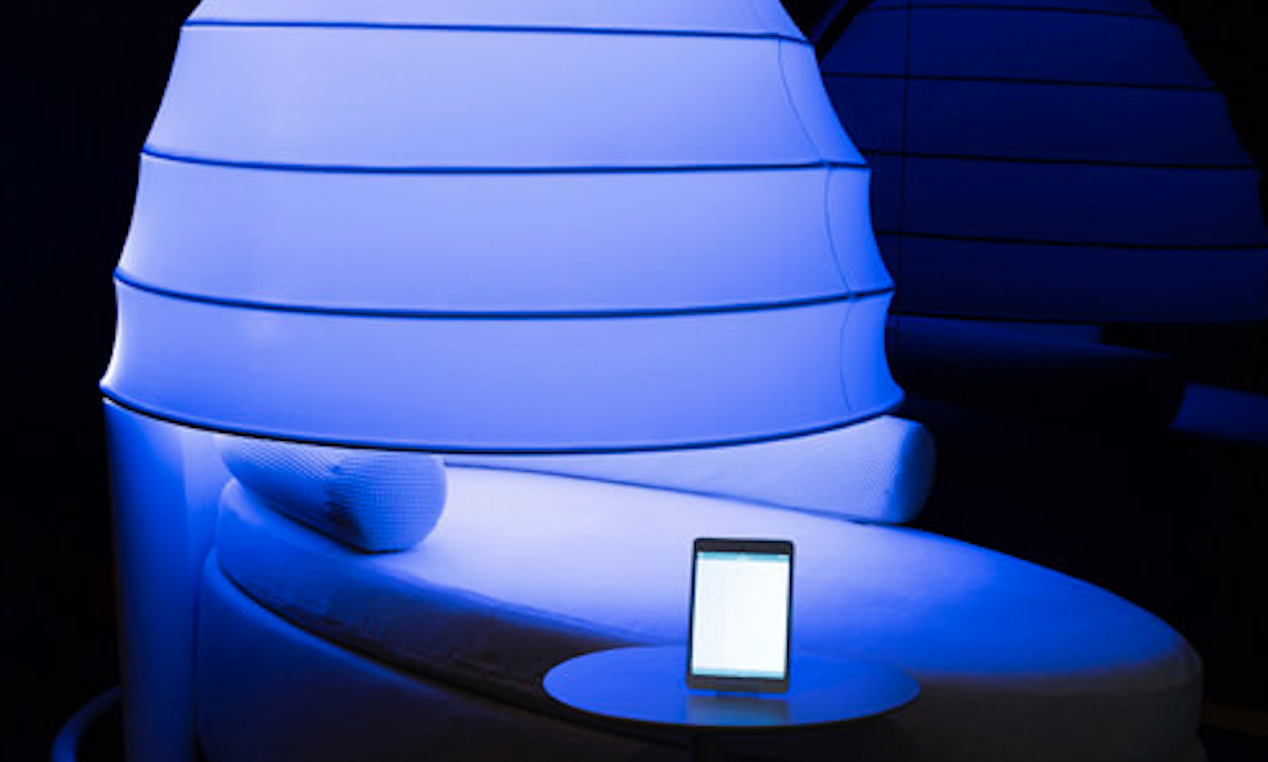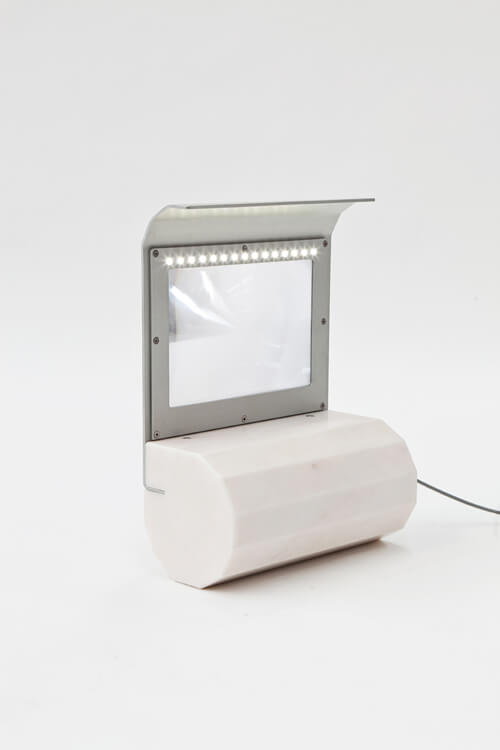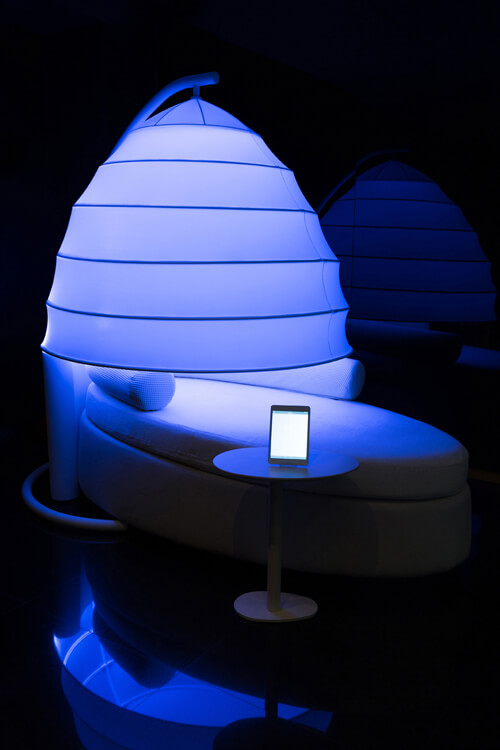Words by Lula Criado
Designers Francesca Lanzavecchia and Hunn Wai are the founders of Lanzavecchia + Wai, a stunning creative design studio based in Pavia (Italy) and Singapore. The biggest challenge they due faced when they decided to collaborate together was how to make our collaboration and friendship turn into an energetically sustainable design consultancy.
The design duo blurs the boundaries between Western and Eastern cultures in a fascinating vision in which people’s needs are considered and blended with design and objects. Disabled, wellness, austerity, emotion, elderly and empathy are some of the words that describe the foundation of their innovate and creative universe in which beauty, comfort and usefulness are in perfect balance.
To them, a project is a long journey that starts with ‘a pen and paper’ and ends when the concepts become objects that are part of the language between necessity and design. Two projects caught my attention: AUSTERITY—edible furniture for times of crisis and Together Canes—No Country for Old Men.
AUSTERITY—edible furniture for times of crisis is a thought-provoking series focused on four objects: a chair, coffee table, sofa and table that become edible when needed. With this conceptual series Lanzavecchia + Wai challenge people to think about the meaningfulness of domestic objects before purchasing them.
Together Canes—No Country for Old Men, is a series of useful tools —T, U and I-canes— adapted for the elderly, a group of people not explored yet deeply, which breaks down the borders between people’s needs and canes.
Francesca loves the way objects interact with the human body while Hunn loves materials, meanings and forms. Together, through their creative universes, conceptual series and critical thought, they are challenging and changing the definition of design.

Italy and Singapore or Singapore and Italy, two different countries and cultures. What was the biggest challenge when you started your creative collaboration?
We feel the biggest challenge hasn’t been the where, but the how-to start our creative collaboration and how to make our collaboration and friendship turn into an energetically sustainable design consultancy, a proper business entity, that produces work meaningful and relevant both to us and our clients.
Two projects caught my attention for the innovative concept behind them : Proasthetics —defined in your own words— ‘as a bridge between user and producer’ and No Country for Old Men, which I see as an empathetic relationship between people and objects. Does Innovation start with Empathy?
We cannot generalize saying innovation starts from empathy but we believe empathy is one of the key capacities a designer should have. In the case of both Proaesthetics and No Country for Old Men empathy has been the turning point. Empathy is about deeply understanding other people.
When designing we want to deeply understand the context we are designing for which means digging into the problems, getting to know the people we are designing for and their physical and psychological needs, translating them into objects and once the objects are there go again to the same people and verify if the way you read and solve the problem is still valid in that context.
Empathy is a powerful component of the designing-for-innovation process.
Would you agree that the boundaries between people and objects have started to blur?
We like to think objects are physical extensions of the human body and mind; indeed they are created to enhance our capabilities or to help us to communicate ourselves to the outside world.
In future, we think in many cases the distinction between body and object will not exist anymore (contact lenses for instance).
One of your last projects is mycoocoon focused on providing wellness through the awakening of the senses; if you would have to give up one of your five senses, which one would it be and why?
That’s an extremely difficult question for us to answer when we vicariously experience through all five senses. The smell would probably be it for us, not because it is the least important but because the other senses are too important to give up. Think of the Italian and Singaporean sights, sounds, tastes and touch that we’ve grown up with and we’d have to be cut off from!
Austerity is a conceptual project in which the objects become edible and can be consumed, how do you feed your creativity?
Our creativity is fueled by travelling, art, architecture, fashion and music as well as by the industry and how things are made But on the other side also by the ability to get surprised every day and fall in love with the different and peculiar.
What do you see as the most iconic design piece that looks timeless?
The Eames lounge chair for Herman Miller. Because it is a vintage icon and that status itself makes it timeless, trends don’t touch it anymore. It is a wonderful expression of honest, innovative design, technique and material.
You couldn’t live without…
A pen and paper.
One for the road… If you could visit any designer’s mind, who would it be and why?
Ronan and Erwan Bouroullec, are the epitome of a design duo. We are also a duo so it would be wonderful to understand their logic systems, decision-making criteria, and the way they look at things and issues, not only in their individual heads but also especially in their dialogue, exchange and cultivation of ideas and concepts.









